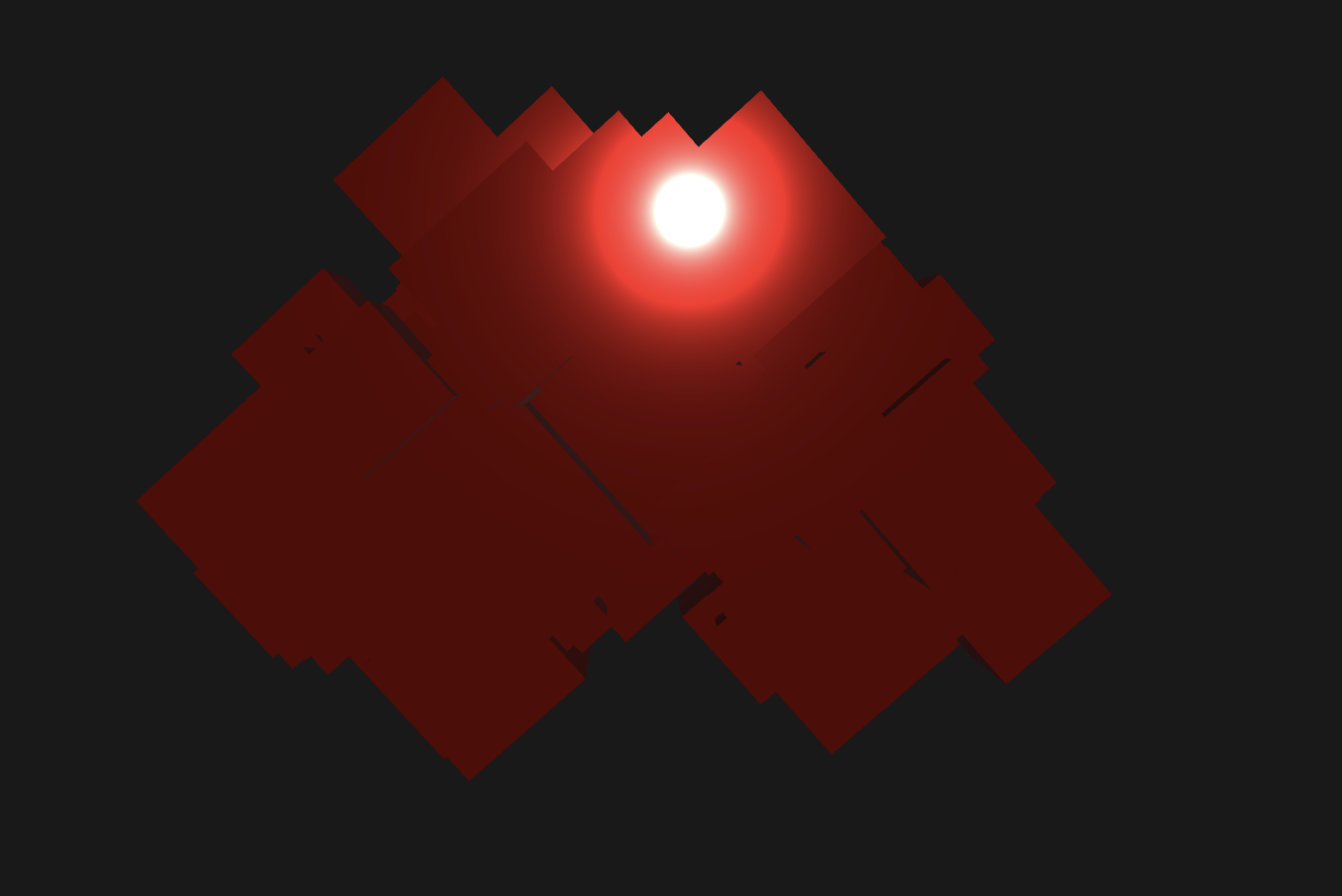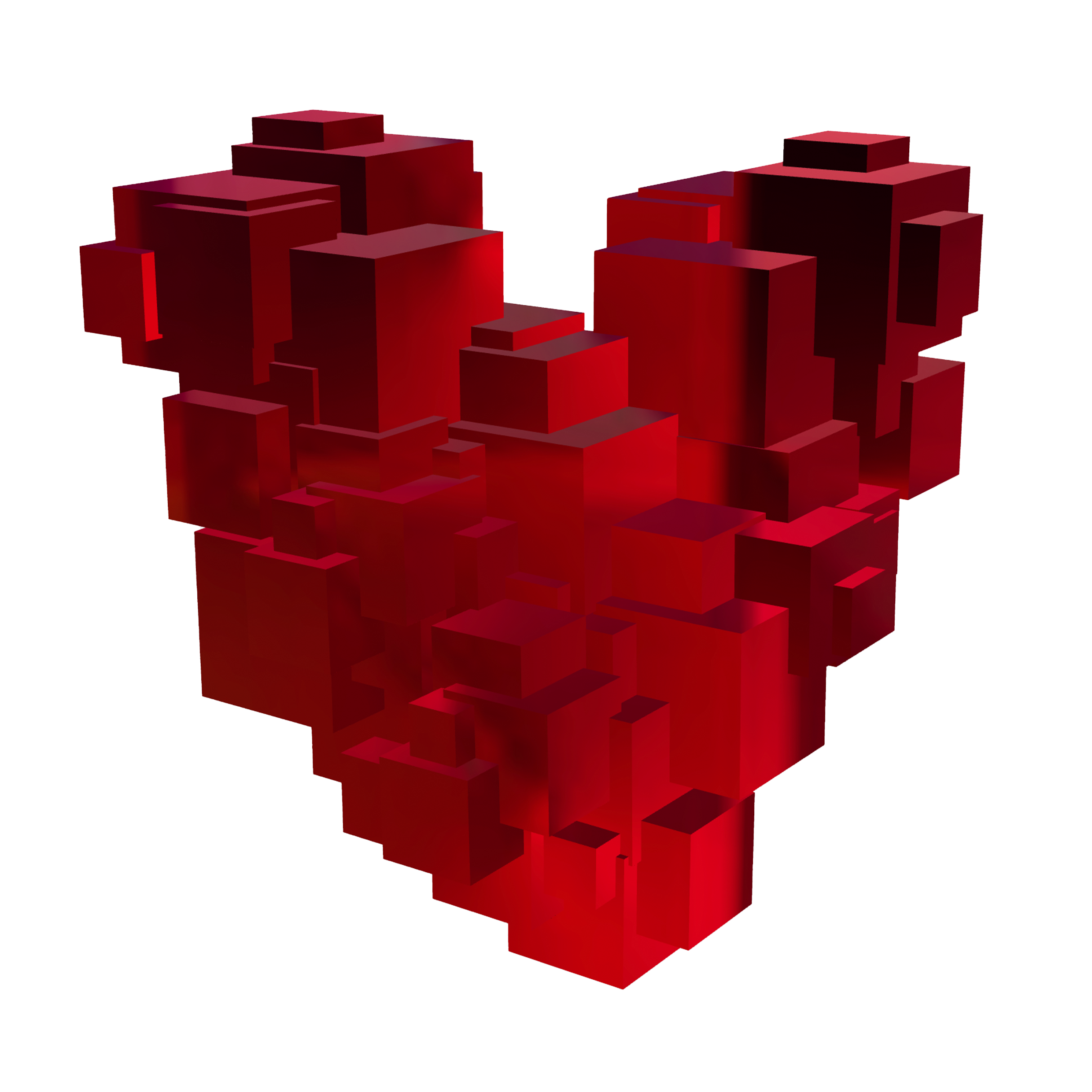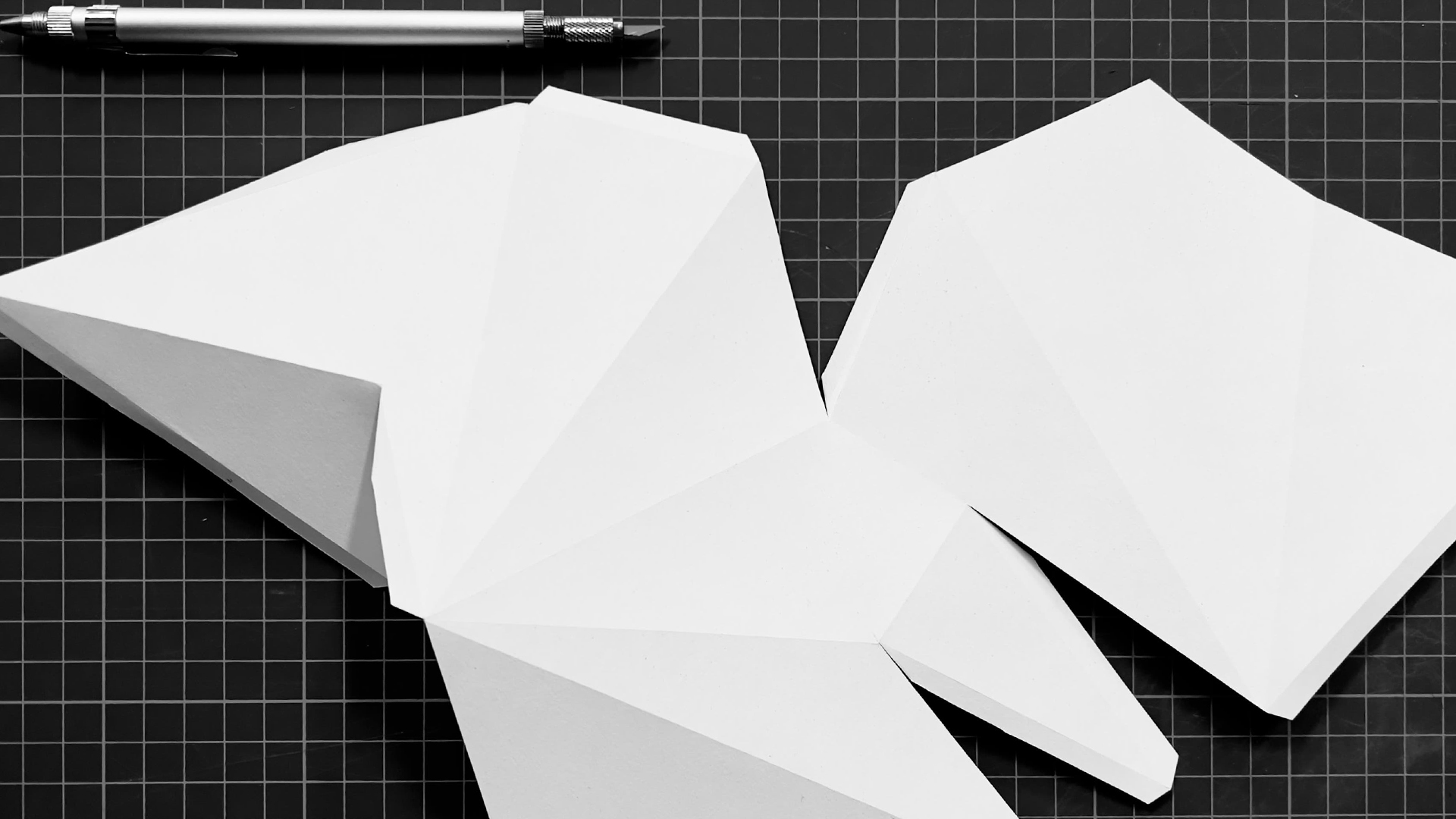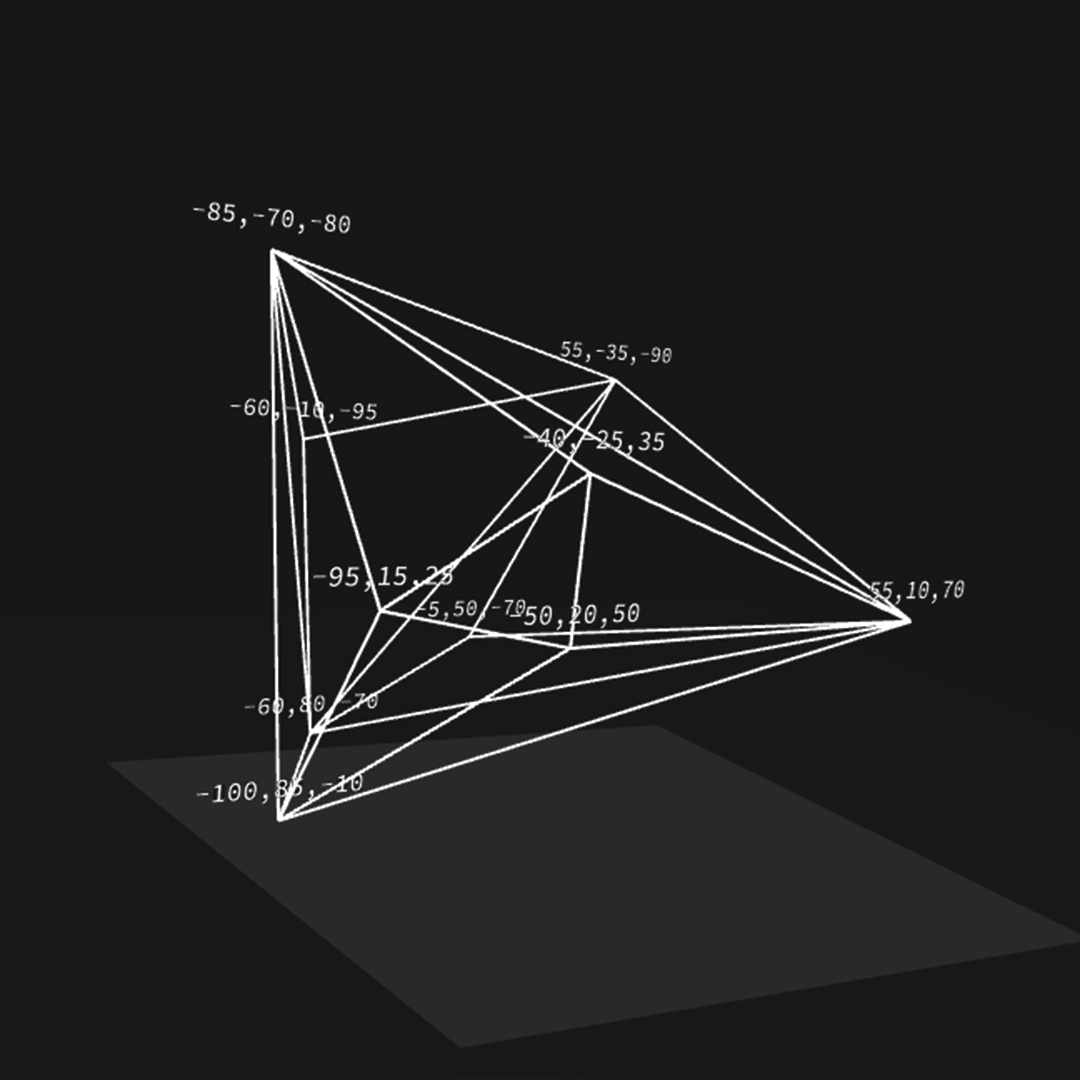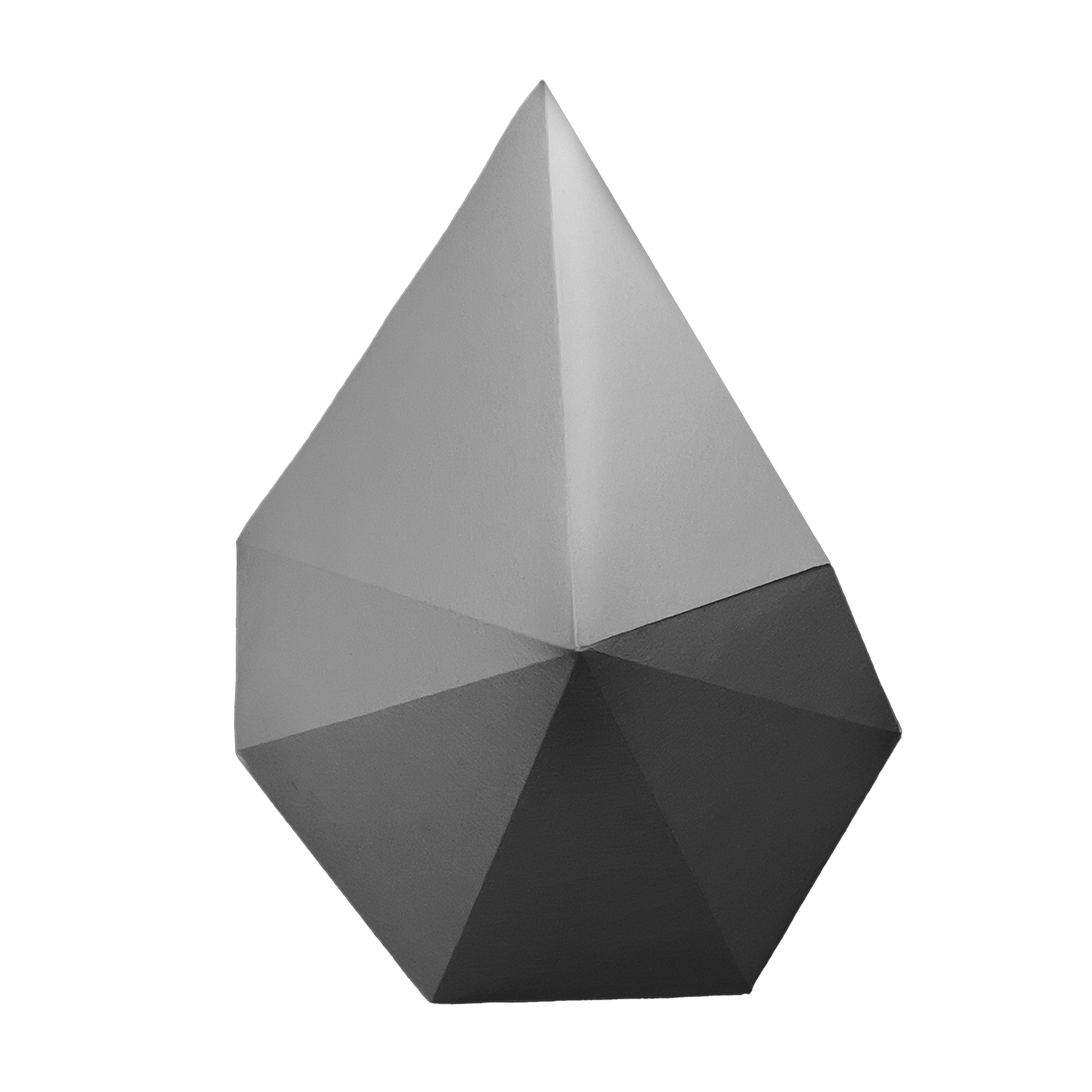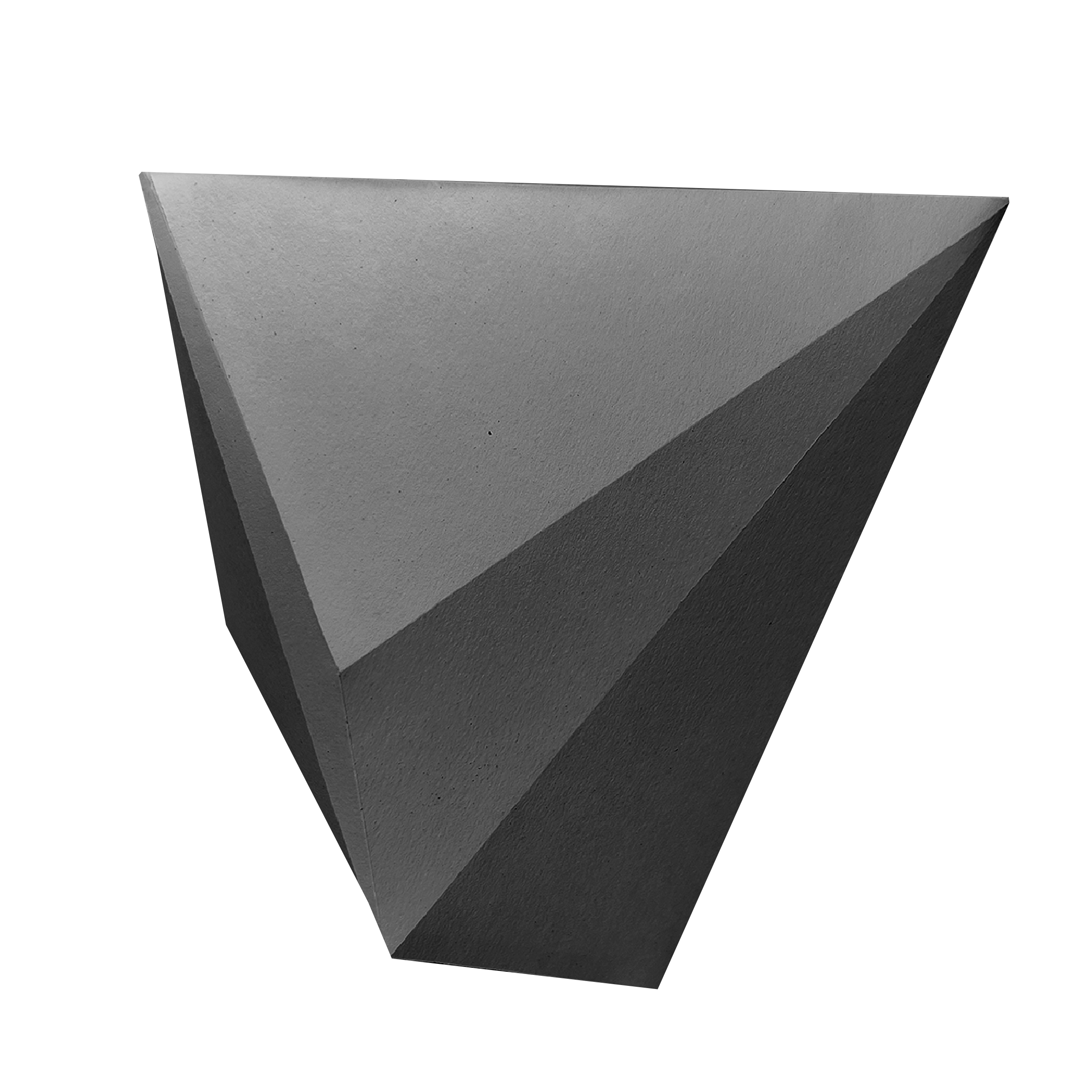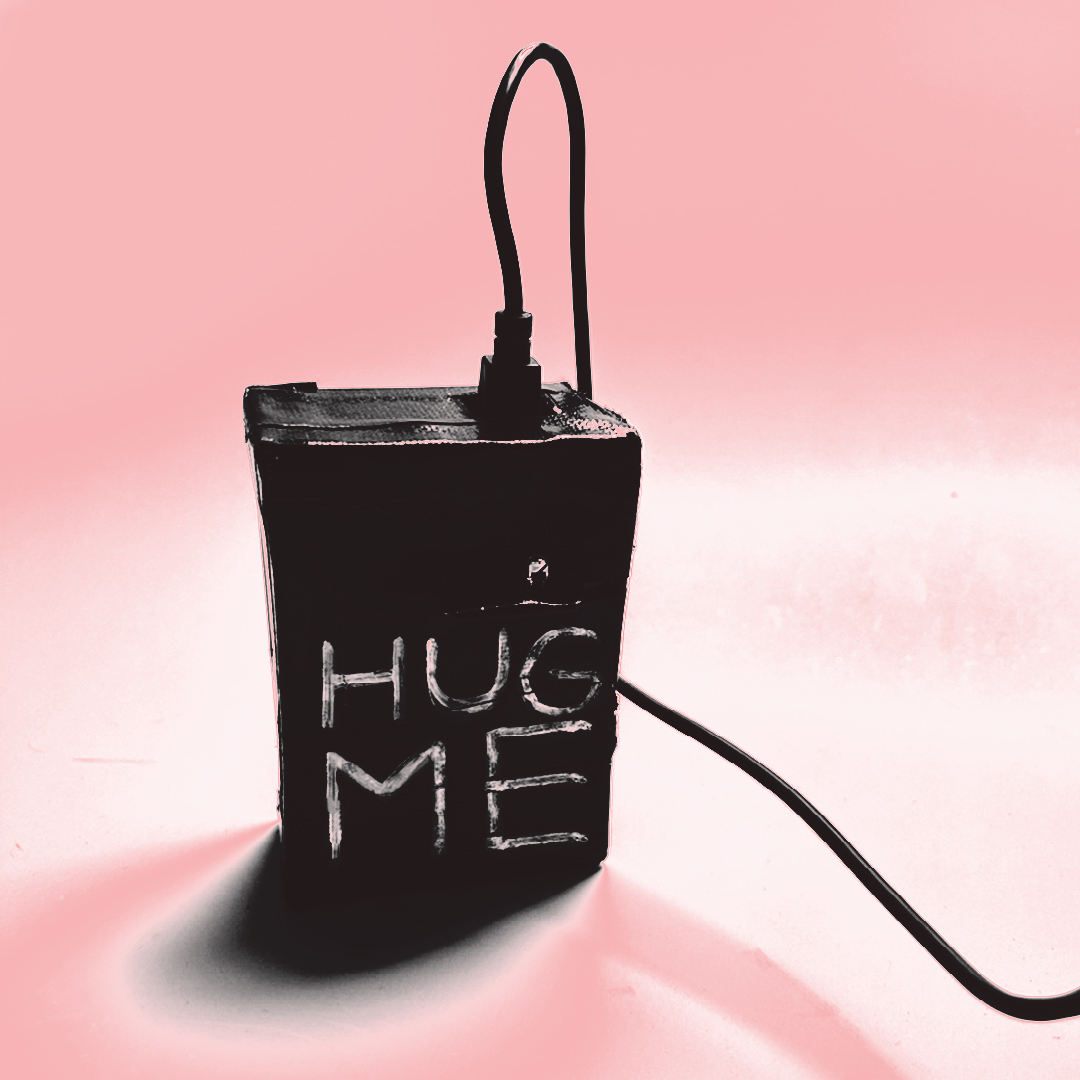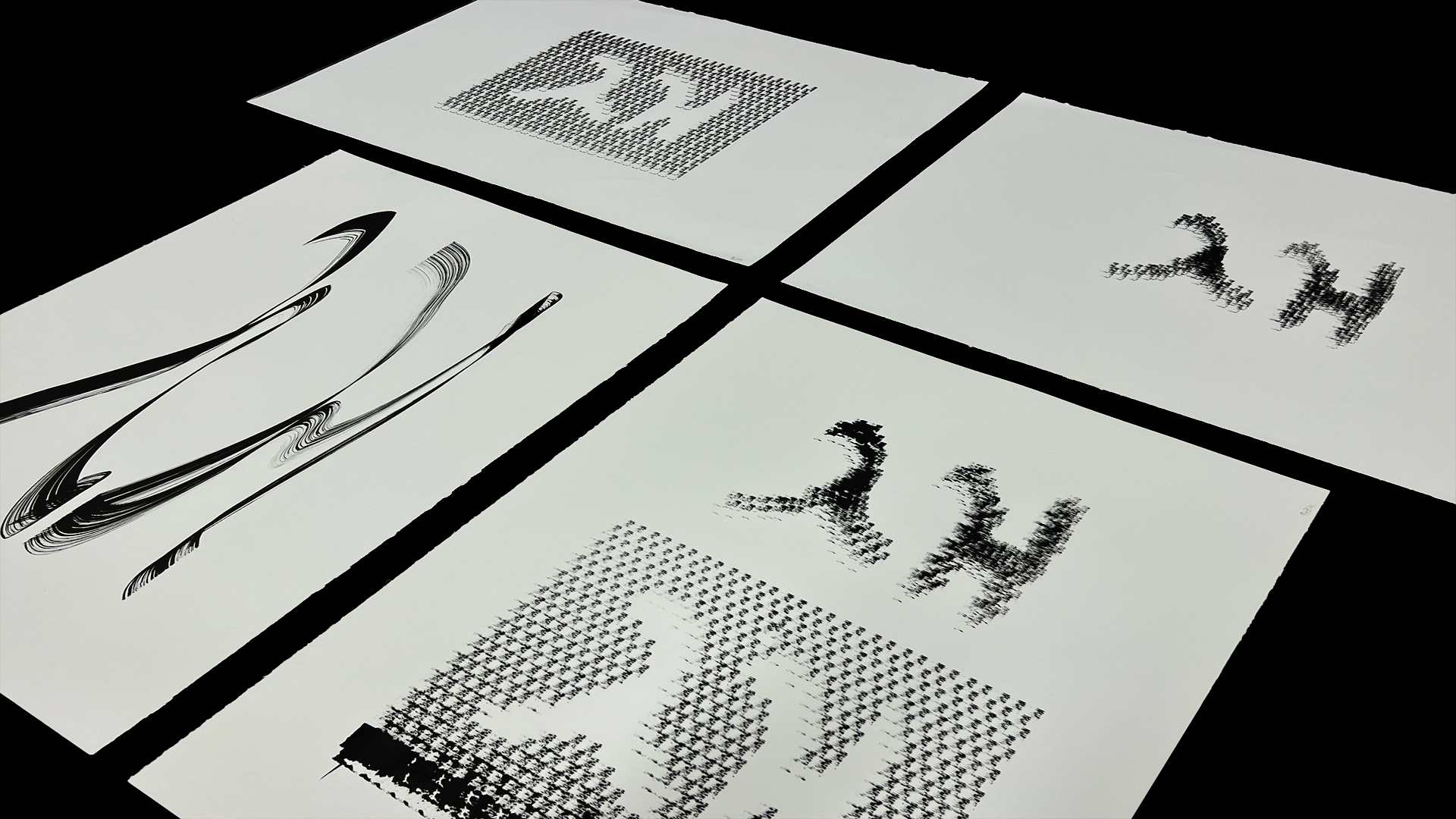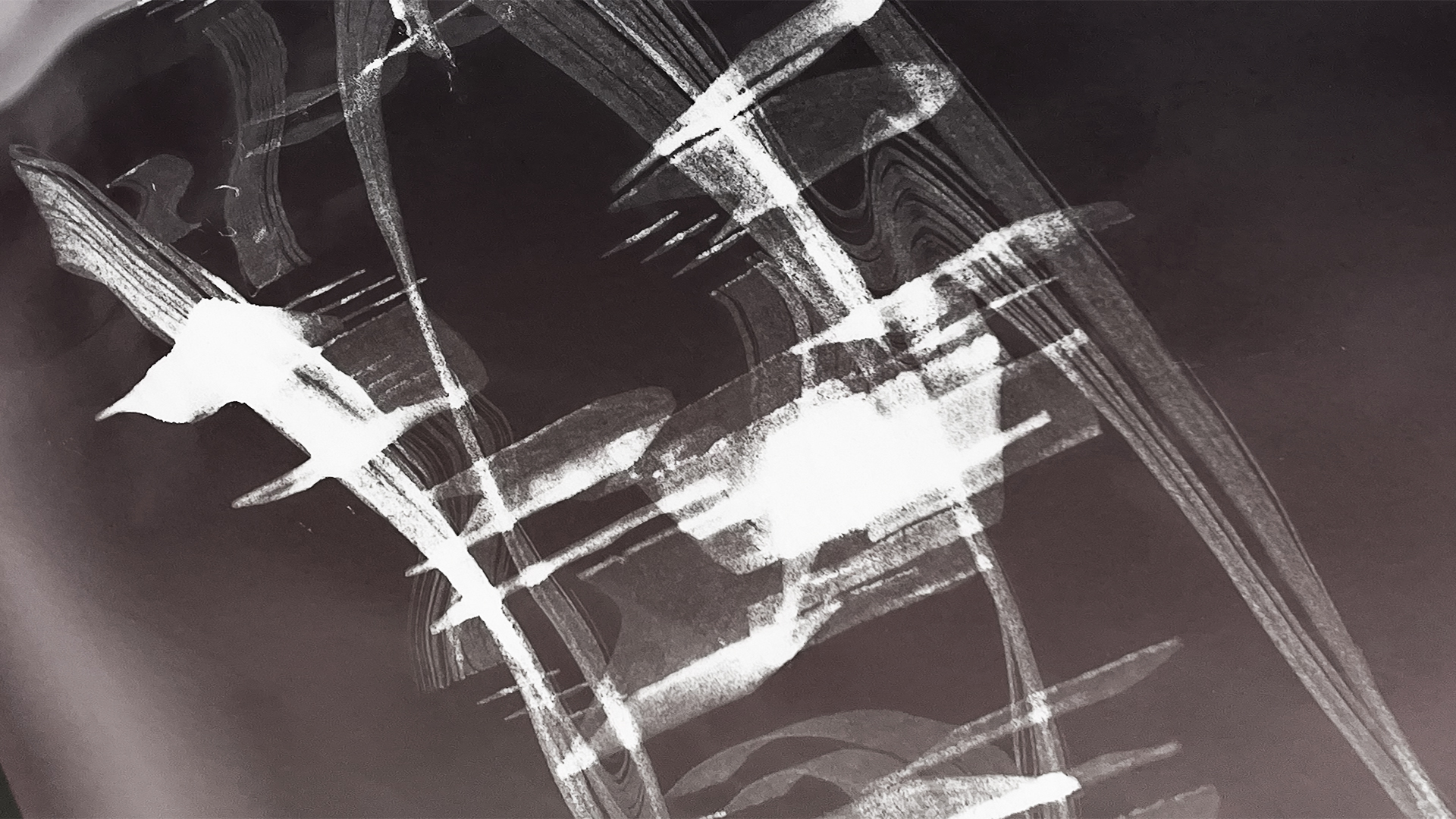
Introduction
This portfolio serves as a testament to my journey in the field of design and code. It showcases my works in creative coding, interactive installations, web development, and visual displays, highlighting the unique challenges that each project presented and the role they played in shaping my growth as a designer. Over the course of this module, I have gained a wealth of experience that has enabled me to expand my boundaries and explore new possibilities as a creative. Through this portfolio, I hope to provide a glimpse into my creative process and inspire others to pursue their passions in the intersection of art and technology. Whether you are a fellow designer or a curious spectator, I invite you to explore these projects and discover the endless possibilities of combining design and code.
Workshops
Throughout the semester, I participated in four workshops that covered topics such as Creative Coding, Projection Mapping, Making, and Physical Computing. Each of the workshops provided us with an opportunity to push the boundaries between the physical world and digital space. Working individually or in small groups of 3, we used AR applications, screen projection, crafted digital models, and analog inputs to create generative and interesting visuals in code. “Code” allowed us to create interactive AR installations. “Screens” enabled us to transform physical objects into dynamic displays. “Make” gave us a chance to experiment with digital 3D models and incorporate them into physical materials. “Play” allowed us to create devices that could sense and respond to their environment. Here you will find some of the process documentation and deliverables that were created during this workshop.
Workshop one
Coding is a workshop by Andreas Schlegel that looks at the creative application of code in the design process. The students were introduced to 4 different briefs; sound, motion, pattern and imaginary and were to choose one to work on in groups of 3. With my classmates Jun and Kai, I worked on the AR application module, and thought of what the term “Nature Encounters” could mean in the context of “Love”. I drew out an idea for an AR project of encountering shapes symbolising the stages of love in nature. Because love is a pinnacle force of human nature and is encountered everywhere, I thought that it would be interesting to see “love” visualised and shown in scenes that had a close relationship with the “nature” around us. As the project was in groups of three, our group divided the stages of love into three; an inflating and blinded and forming stage, a stabilising and hardening stage, and heartbreak.
For our project "Love in Nature", we wanted the three stages (shapes) to be unique individually, but also have a coherent balance between them when seen in the AR application. Thus, we decided to fix the colour to a bright red, as bright red has symbolic ties with “love”. To create a distinction between the shapes we assigned different materials to each stage that strengthened and matched with its symbolic meanings. As this was my first time making an AR project, I was unaware of the technical limitations such as the glb file size, and animations of the shape. However, overcoming these limitations and learning more about AR applications made me realise that AR projects could also become a piece of art itself. Although AR applications are mostly used commercially or as interactive projects, I felt like ideas such as an “AR Art Gallery”, which would shine light on the artwork itself and approach AR not as a tool, but as a medium to express an artist/designer’s vision had great potential.
Tools used: Blender 3D, Visual Studio Code
Link to external outcomes, Augmented Reality

Workshop two
In the Making workshop led by Dhiya Rahman, we delved into the concept "Cosmic Dust" and transformed code into tangible, physical objects. We explored the use of code to create objects in 3D space, working with a provided code template to construct our own unique 3D models. To further enhance our creations, we utilised Blender to convert the 3D objects into printable templates, which we then transformed into real-life, handcrafted 3D objects. Throughout the workshop, we learned about the intricate connection between digital code and physical creations. It was fascinating to witness the process of transforming a digital design into a tangible object, and it highlighted the endless possibilities that lie in the intersection of code and physical making
During my research, I discovered how the remnants of a dying star can create new life forms, mirroring how the "love" leaves imprints on the world that transcends our physical existence. My project “Nevertheless” draws inspiration from this concept. I crafted a shape resembling the traces of a dying star, with lines connecting to form a new life form, with a completely different silhouette based on the angle it's seen at. The cutting and making process reinforced the importance of careful planning and attention to detail in producing a high-quality outcome. The workshop highlighted the potential of code in creating physical art and objects, showcasing the power of technology in bringing creative visions to life. Overall, the Making workshop provided valuable insight into the intersection of art and technology, inspiring me to explore new possibilities in my future projects.
Tools used: Cutting Board, X-acto knife, Double-Sided Tape, Metal Ruler
Workshop three
In the Screens workshop led by Jo Ho, we delved into the world of projection mapping using the p5.js coding template. Through the workshop, we learned to adapt and customise the code to suit the needs of our unique shapes, ultimately enabling us to project and map images or videos onto non-rectangular surfaces. For the concept of "Other Worlds", my teammate Jun and I were inspired by the idea that every individual is like an independent world, shaped by their unique experiences and perceptions of the world around them. This led to the idea of “love” and how the act of love is basically two “other worlds” colliding, as it can bring two separate worlds together. This was done by making an hourglass shape and projecting two complementing visuals on each half.
During the making process, we encountered some challenges in creating a planar figure for the irregular shape we had in mind. We had to manually cut out each shape and try different angles until we achieved the desired outcome. Although it was a tedious process, it helped us to develop a more concrete and successful shape. This experience made me realise that even in coding, hands-on approaches and material-related problem-solving are crucial for achieving a good outcome. As a designer, it is important to explore different approaches and materials to broaden one's knowledge and skillset. Solving material-related problems can also be useful in future projects. Overall, the "Other Worlds" project taught me the value of persistence, experimentation, and the importance of hands-on approaches in creating successful designs.
Tools used: p5.js, Epson Projector
Workshop four
The Play workshop, conducted by Jake Tan Zi Jie, focused on physical computing and bridging the gap between the physical and digital realms. Students were introduced to Arduino and how it can be used to create physical interactions by translating data into movement. Additionally, the workshop explored the possibility of collecting and translating data from the physical world, such as detecting motion, sound, light and turning it into digital information. The outcomes from this workshop provided viewers with a physical interaction with the object, allowing it to react to their actions.
Amongst the analog sensors, the "Light Sensor", caught my attention due to its symbolic significance. My teammate Jun and I were inspired by how natural light impacts our daily lives and decided to create an interactive heart shape that changes size based on the light input. Jake's feedback helped us make the piece more interactive by allowing viewers to 'hug” the sensor and make the heart bigger and more colourful. Controlling the light input was challenging, but by adjusting the input/output numbers, we were able to keep the heart stable. Overall, this workshop was rewarding, as we learned to deal with unexpected challenges and felt accomplished when our code worked in a stable manner.
Tools used: p5.js, Arduino Sensor, Cardboard, Tape
Design is not making beauty, beauty emerges from selection, affinities, integration, love.
-Louis Kahn

Conclusion
What have I learned over the course of this semester? During this semester, I have discovered the power of coding and how they can be used to create unique artwork and enrich the interactive experience of an artwork. I’ve also gained practical skills in physical computing, projection mapping, making an AR installation, and AxiDrawing. During these workshops I learned the importance of careful planning and attention to detail in the design process, as well as the value of seeking out new approaches to push the boundaries between digital and physical art.
Some of my most interesting findings this semester are? In the "Machine Calligraphy" workshop with Levi Hammett and Andreas Schlegel, I discovered the fascinating possibilities of combining a machine's precision with a human touch. By using a foam brush and placing it at an angle to create abstract patterns, I was able to achieve intricate and beautiful results with Chinese ink. The consistency of the Axidraw machine allowed me to repeat the motion and create blobs of ink that had an almost alien, yet captivating quality. The experience highlighted the unique potential of using technology to enhance the creative process.
What are some of my achievements? One of my noteworthy achievements this semester, aside from creating unique outcomes for each workshop, was maintaining a consistent concept throughout the module. I found the use of "computation" in the context of design quite poetic and wanted to explore its profound sensations further. As such, I aimed to connect each workshop with the concept of "love." Through this exploration, I discovered that love can be found in unexpected places, as evidenced by the various workshops that I participated in. Ultimately, my consistent conceptual thread helped me to approach each workshop with a sense of purpose and direction. I was able to focus my creativity in a way that allowed me to draw connections and explore possibilities that I might not have considered otherwise. This experience has given me a newfound appreciation for the role that conceptual coherence can play in the creative process, and I look forward to continuing to explore the intersection of love and computation in future projects.











